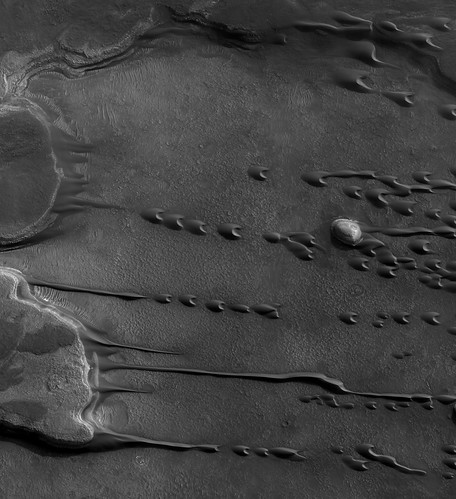Up to £10million is to be invested to help identify the main threats to bees and other insect pollinators, under a major project announced today.

Pollinators – including honey and bumble bees, butterflies and moths – play an essential role in putting food on our tables through the pollination of many vital crops. These insects are susceptible to a variety of disease and environmental threats, some of which have increased significantly over the last five to ten years. Climate change, in particular warmer winters and wetter summers, has had a major impact on pollinators.
As a result, the numbers of pollinators have been declining steadily in recent years, with the number of bees in the UK alone falling by between 10 and 15 per cent over the last two years.
To gain a better understanding of why this is happening, some of the UK’s major research funders have joined together to launch an important new research programme.
The biggest challenge will be to develop a better understanding of the complex relationships between biological and environmental factors which affect the health and lifespan of pollinators.
The funding will be made available to research teams across the UK under the Living With Environmental Change (LWEC) partnership, the major initiative by UK funders to help the UK respond effectively to changes to our environment. This is a joint initiative from the Biotechnology and Biological Sciences Research Council (BBSRC), Defra, the Natural Environment Research Council (NERC), the Wellcome Trust and the Scottish Government.
Environment Secretary Hilary Benn said:
"Aristotle identified bees as the most hard working of insects, and with one in three mouthfuls coming from insect-pollinated crops, we need to support bees and other pollinators.
"I announced in January that Defra would put an extra £2M into research funding, and I am delighted our partners have agreed to boost this to up to £10M.
"This funding will give some of Britain’s world-class researchers the chance to identify the causes of the decline we’re seeing in bee numbers, and that will help us to take the right action to help."
Read More here
















